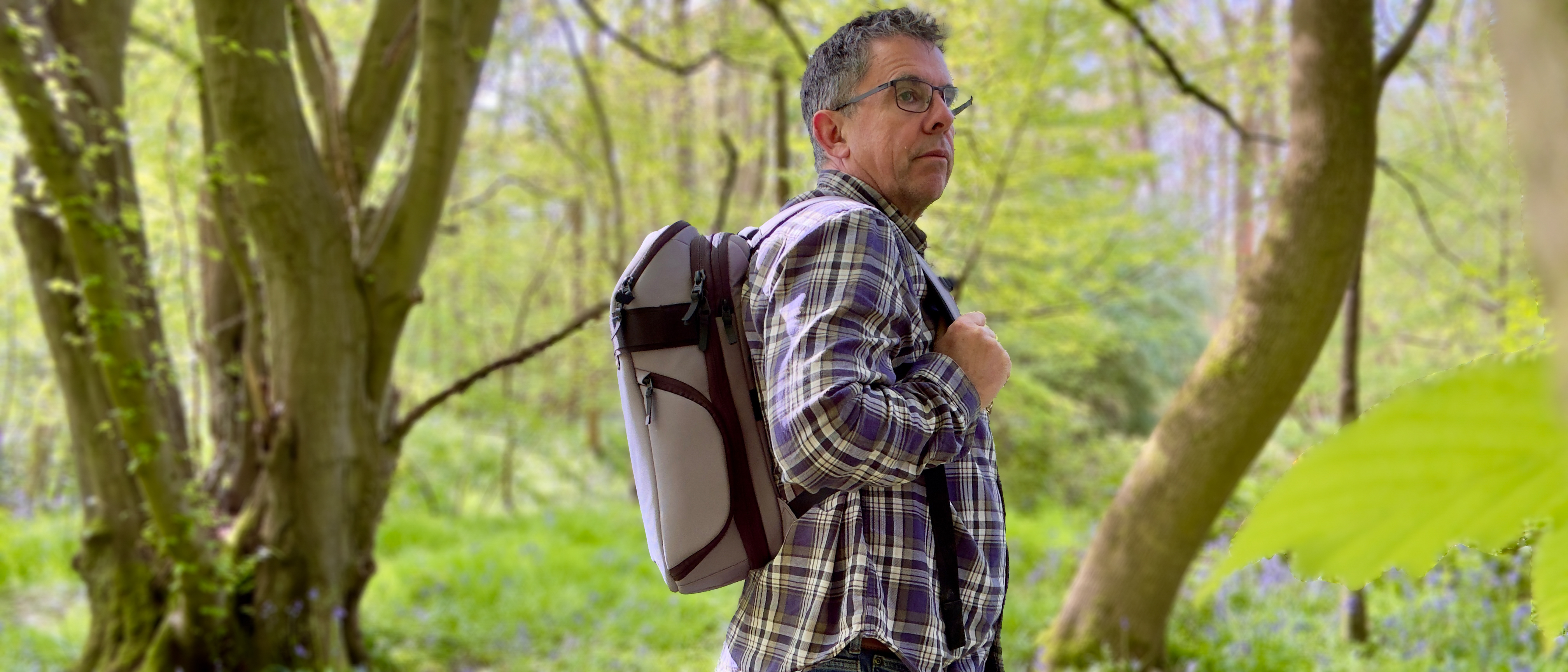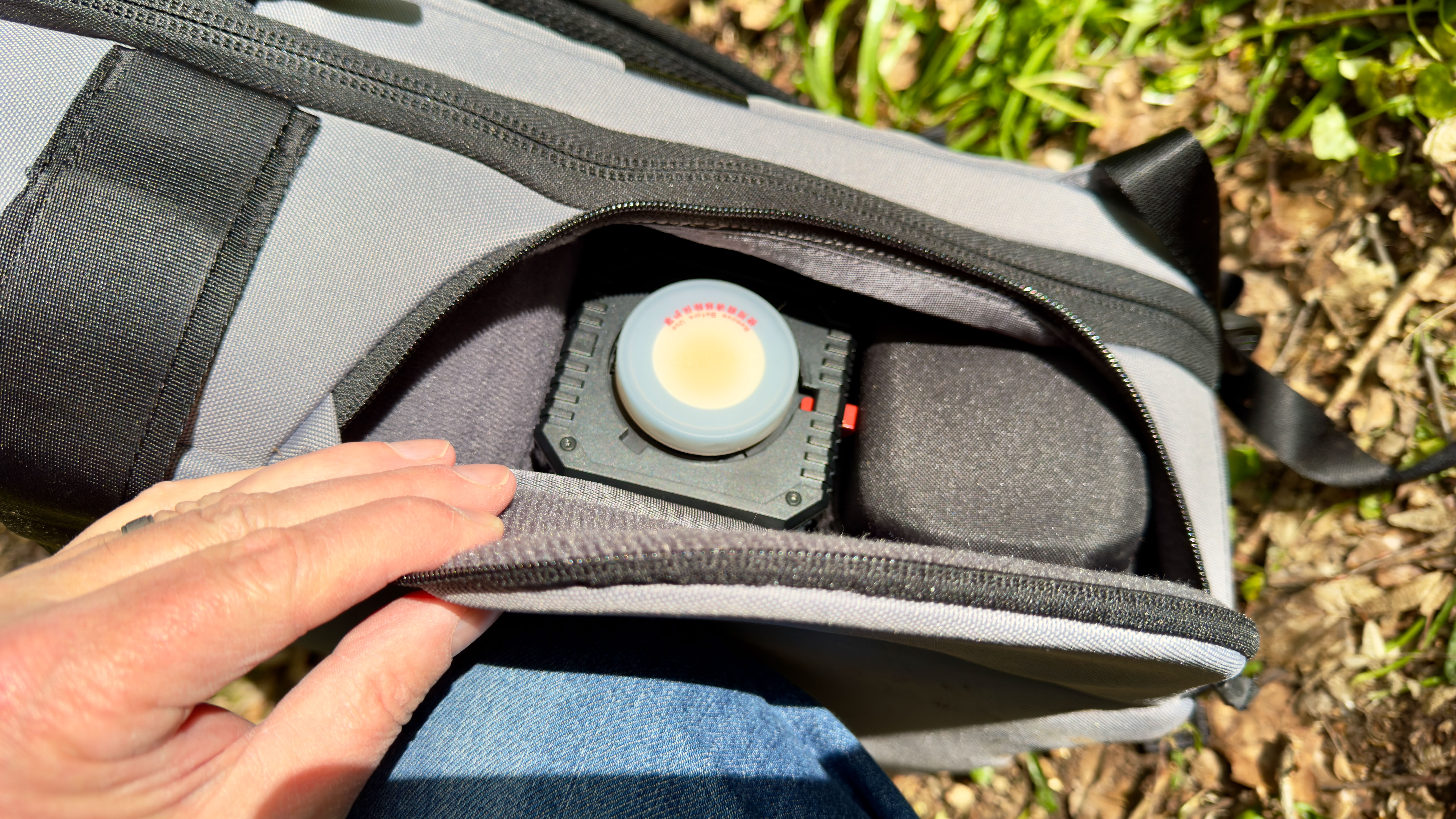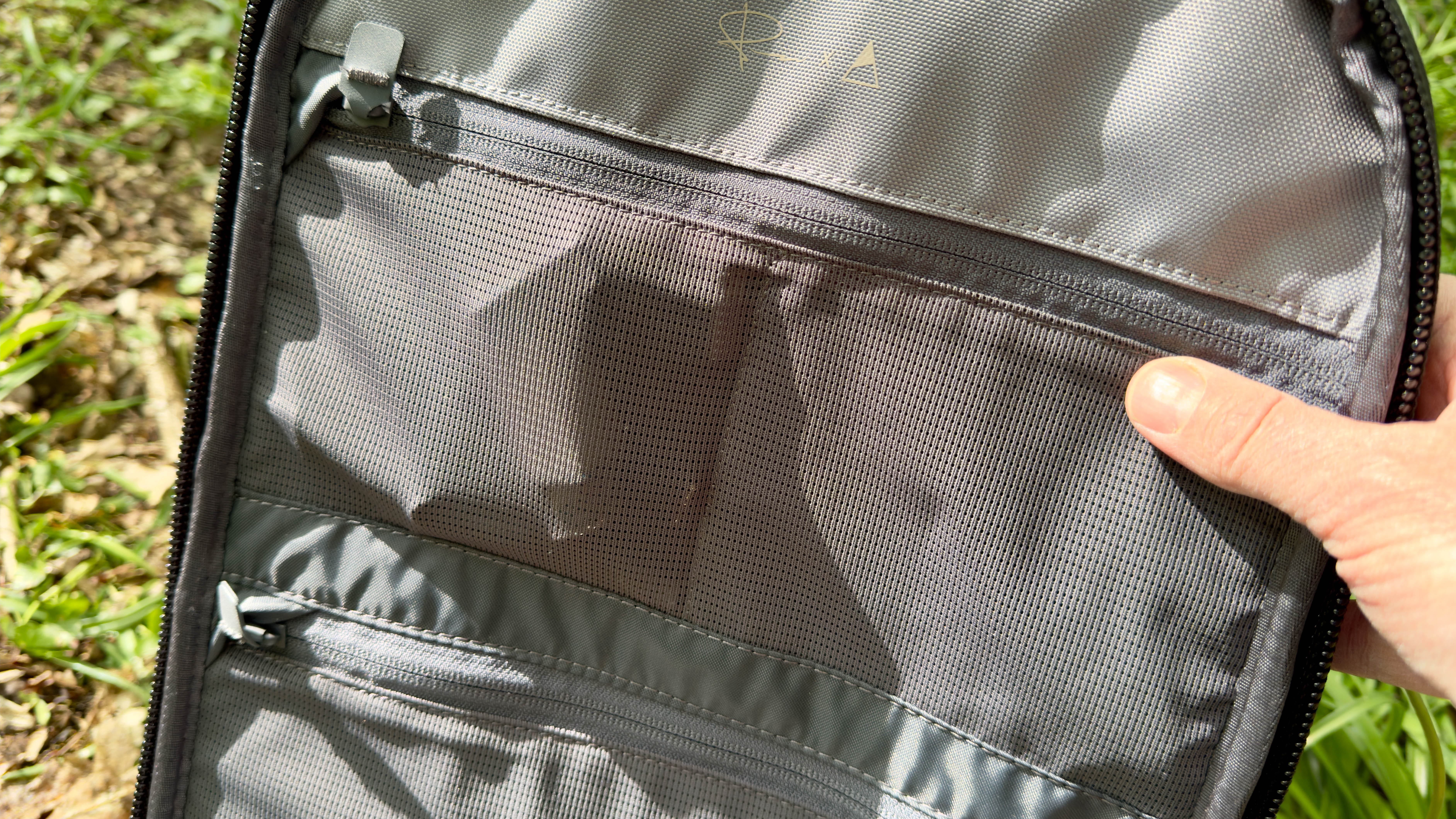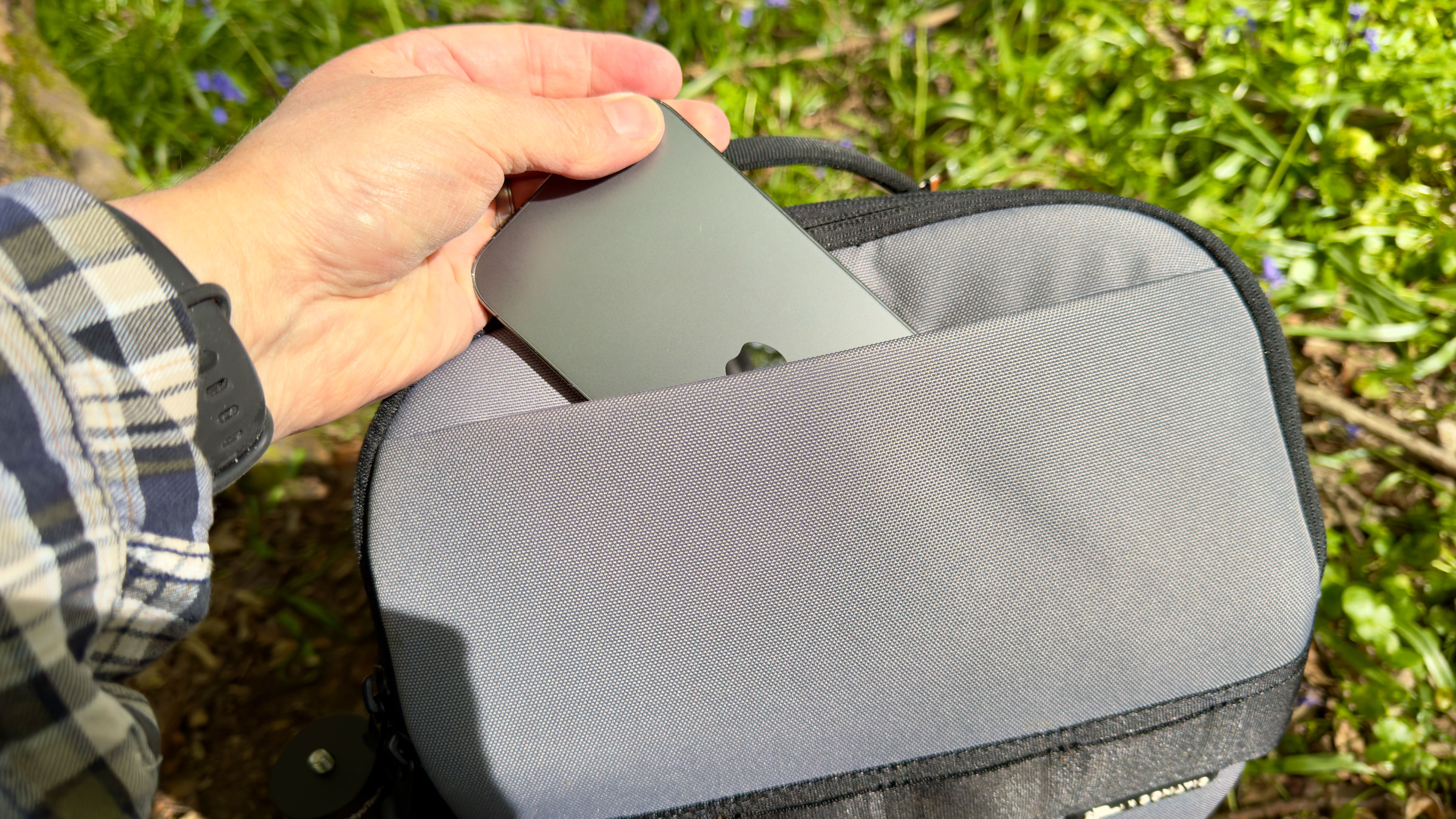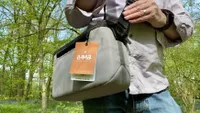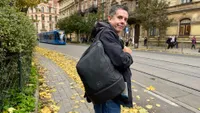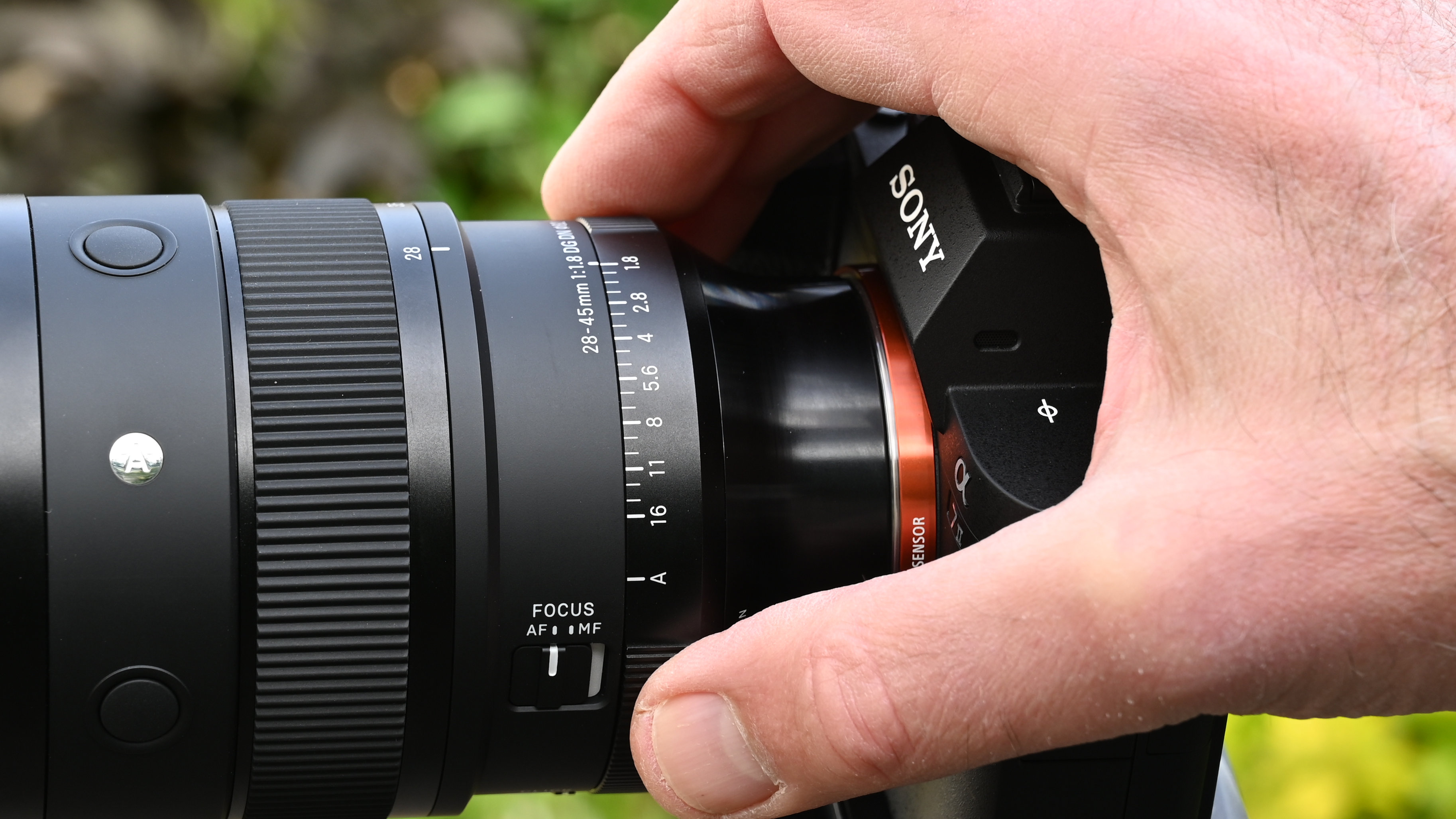Digital Camera World Verdict
The LUMA Camera Pack 18L is a stylish, lightweight yet functional backpack that is designed by a photographer for photographers, so it should suit the needs of mobile or mirrorless photographers who don’t need the size and bulk of a DSLR compatible bag. It’ll also accommodate a 15” laptop so you can digitize and edit your shots while taking a break in a coffee shop. As well as carrying a mini tripod in the magnetic side pocket you can store smaller loose items such as SD cards in the interior’s zipped Oxford mesh pockets - just don’t choose the light ‘stone’ color as it’s prone to show up grass or dirt stains if you take it into the countryside.
Pros
- +
Water-resistant material
- +
Magnetic seal on tripod pocket
- +
Customizable interior
- +
Side, top and rear access
Cons
- -
Light colour makes stains visible
Why you can trust Digital Camera World
Nomatic (or Gomatic as they are branded in Europe) has produced a comprehensive collection of camera backpacks and sling bags following a successful crowd-funded Kickstarter appeal and launch in 2014. Their backpacks range in size (and therefore price), from compact mirrorless and mobile photography sling bags such as the LUMA Camera Sling 12L to the larger DSLR kit-compatible McKinnon Camera Backpack 25L.
Nomatic tends to collaborate with veteran photographer Peter McKinnon when designing their backpacks and sling bags, and the LUMA Camera Pack 18L is no exception. It is part of Nomatic’s LUMA Camera Collection (released in April 2024) which includes the LUMA Camera Sling 9L and the LUMA Camera Sling 12L. All three camera bags in the LUMA range are available in four colors (black, rust, sage, and stone).
Choosing a backpack that you’ll be using for years is not something you should do on impulse (and they’re not cheap), so check out our recommendations in the best camera backpack guide. Bear in mind that your needs as a photographer might change over the years. For example, I’ve shifted from being a Canon DSLR user who needed to carry a couple of lenses and a flashgun in a camera bag to an iPhone photographer and videographer - so my camera bag requirements have changed to a smaller slimmer model. Most of the footage in my supporting kit reviews (and all of the stills) are shot on an iPhone (though I did use a Sony A7RV to record footage for some of this review as I had it mounted on a Scorp 2 gimbal that I needed to test).
LUMA Camera Pack: Specifications
| Exterior Materials | 900D poly ox, nylon webbing, YKK zippers |
| Interior Materials | Nylex, compression-molded EVA dividers, Darlington mesh |
| Size (DxWxH) | 17.80 x 29.20 x 45.70 cm |
| Weight | 1.20 kg |
LUMA Camera Pack: Design & Handling
The Luma Camera Pack 18L enables you to transport a mirrorless camera and associated accessories safely and comfortably thanks to its 18L capacity. The bag is fashioned from a durable and water-resistant material which should keep the elements away from your valuable kit, though unlike dedicated outdoors bags such as the Shimoda Urban Explore 25L the zips on the exposed section of the bag don’t have sealed waterproof flaps concealing and protecting the zips from heavy rain.
The adjustable shoulder straps aren’t particularly wide or thick but as the capacity of the backpack is only 18L it shouldn’t get too heavy. I found it comfortable when carrying my mobile photography gear, and there’s an additional chest strap to help add extra support. For quick maneuvering, there’s a handy handle on the top as well as a useful passthrough strap on the rear that lets you slide the bag onto a luggage trolley when navigating through an airport.
The LUMA range has added magnets to its camera bag collection, which I’ve not encountered on a camera bag before. On the LUMA Camera Sling 12L magnets act as a seal on the main compartment lid so you can quickly access the contents of the bag to swap lenses while on a shoot (instead of having to unzip and then zip up the bag). The LUMA Camera Pack also has a magnetic component which I’ll elaborate on in the Performance section.
For convenience, you can access the contents of the backpack from three points - top, side, and back. The side pocket can give you quick access to key gadgets such as your camera whereas the larger unzippable back panel opens to reveal all your gear when you place the pack face down on the ground.
The best camera deals, reviews, product advice, and unmissable photography news, direct to your inbox!
As with most camera bags, the interior of the Luma Camera Pack 18L can be reconfigured to suit your specific kit storage needs. The hook and loop dividers are thicker and sturdier than the dividers in many of the bags I’ve tested as they are made of compression-molded EVA (ethylene vinyl acetate) foam. This means that your precious kit shouldn’t shift when in transit which is a major plus point for this bag. The interior of the bag’s main lid features handy Oxford mesh pockets so that you can store small loose items such as batteries, memory cards, tripod plate screws, etc.
LUMA Camera Pack: Performance
To test the LUMA Camera Pack 18L I packed it full of my mobile photography gear. I tend to film my reviews using two iPhones (to capture different camera angles in one take), plus I like to carry an LED (such as the SmallRig RC 60B COB LED Video Light plus wireless mic kits such as the Boyamic. The 18L interior of the LUMA Camera Pack accommodated my gear nicely and I didn’t need to re-organize the default layout of the sturdy ‘hook and loop’ foam dividers.
The adjustable shoulder straps made my kit comfortable to carry and the padded mesh on the rear of the pack stopped any kit from jabbing into my back. Since the Bluebells were flowering I decided to shoot my kit test in the woods rather than in the city. The stone color of the backpack meant that patches of soil and moss stained the material, so a darker color - such as black - might be a better choice if you shoot in the country rather than the town.
I also took a Scorp 2 stabilizer with me. The gimbal’s AI tracker enabled it to pan and tilt to follow me as I walked through the woods with the LUMA Camera Pack on my back. I also brought an extension rod for the Scorp 2 which I stored in the LUMA Camera Pack’s side pocket (which can also function as a mini-tripod or water bottle holder). When not in use the pocket’s flap clamps neatly to the side of the backpack courtesy of a magnetic seal which is a nice design touch.
LUMA Camera Pack: Verdict
If you’re a mirrorless or mobile photographer then the Luma Camera Pack 18L is large enough to carry your kit in comfort and yet small enough to pop under a cafe table during a coffee break (plus you can whip out your 15” laptop from the backpack’s dedicated compartment).
The lighter ‘stone’ color tends to show up dirt so you might be wiser to choose a darker color (such as rust or black), especially if you plan to take the backpack into the countryside.
The padded interior will keep your kit securely stored and the sturdy EVA foam ‘hook and loop dividers’ provide a range of different storage layouts to suit your gear’s requirements (or you can remove the dividers completely and transform the backpack into a generic day bag.)
✅ Buy this if...
- You need to transport mirrorless or mobile kit
- You require the ability to customise a bag’s interior
- You require multiple points of access to your kit
🚫 Don't buy this if...
- You need to carry larger DSLR set-ups
Alternatives
LUMA Camera Sling 12L
If you’re a mobile photographer/videographer then this smaller LUMA 12L sling bag will accommodate a smartphone, tripod plus other accessories such a wireless mic kits. The option to seal the lid via magnets is nice design touch as it enables you to access different bits of kit quickly and easily while on a busy shoot.
Nomatic McKinnon Cube Pack
If you want to travel as light as possible then the 21 L McKinnon Cube Pack is worth considering. This collapses into a small but sturdy cube (filled with your camera gear) when you need to fit it under an aircraft’s seat. At your destination, it expands into a mini backpack for storing extra items (such as snacks and water).
George has been freelancing as a photo fixing and creative tutorial writer since 2002, working for award winning titles such as Digital Camera, PhotoPlus, N-Photo and Practical Photoshop. He's expert in communicating the ins and outs of Photoshop and Lightroom, as well as producing video production tutorials on Final Cut Pro and iMovie for magazines such as iCreate and Mac Format. He also produces regular and exclusive Photoshop CC tutorials for his YouTube channel.
